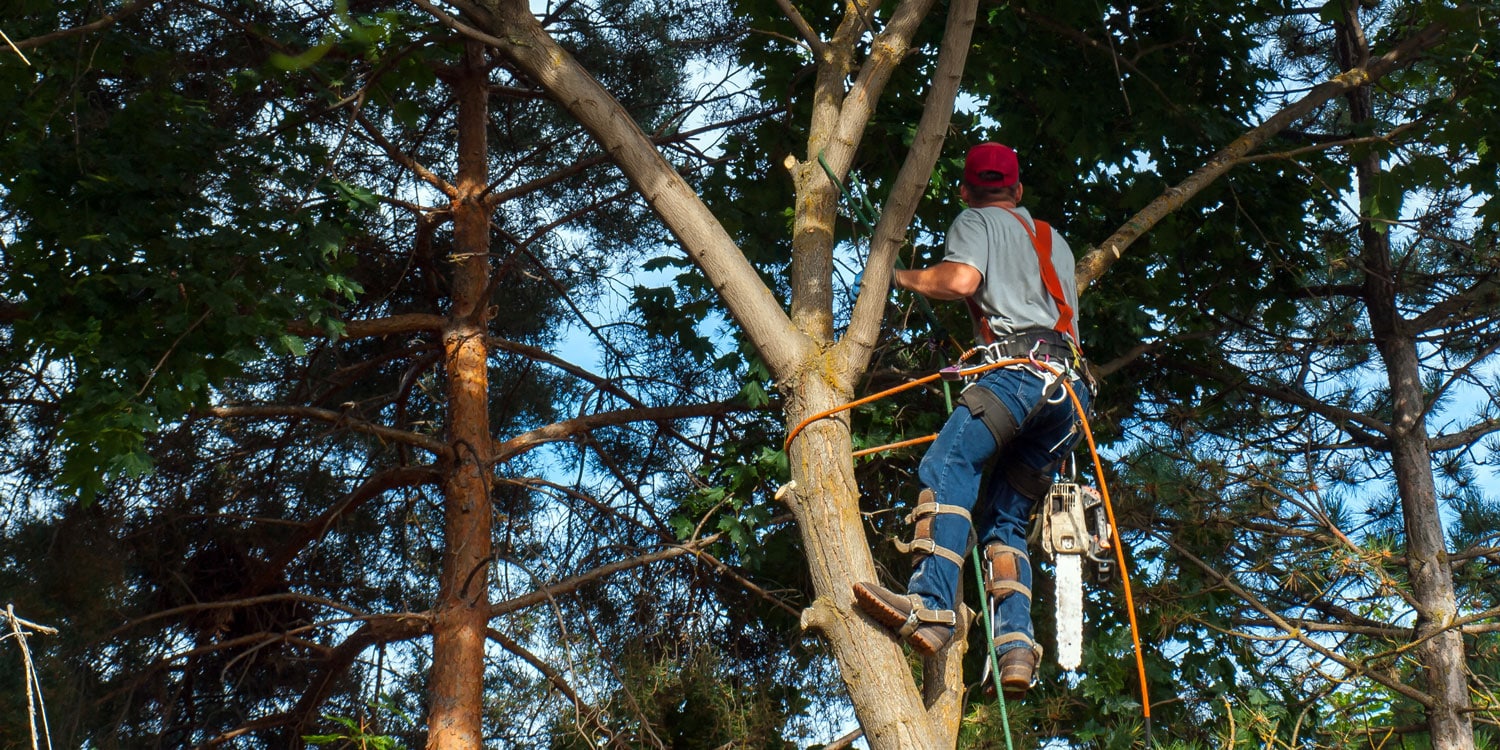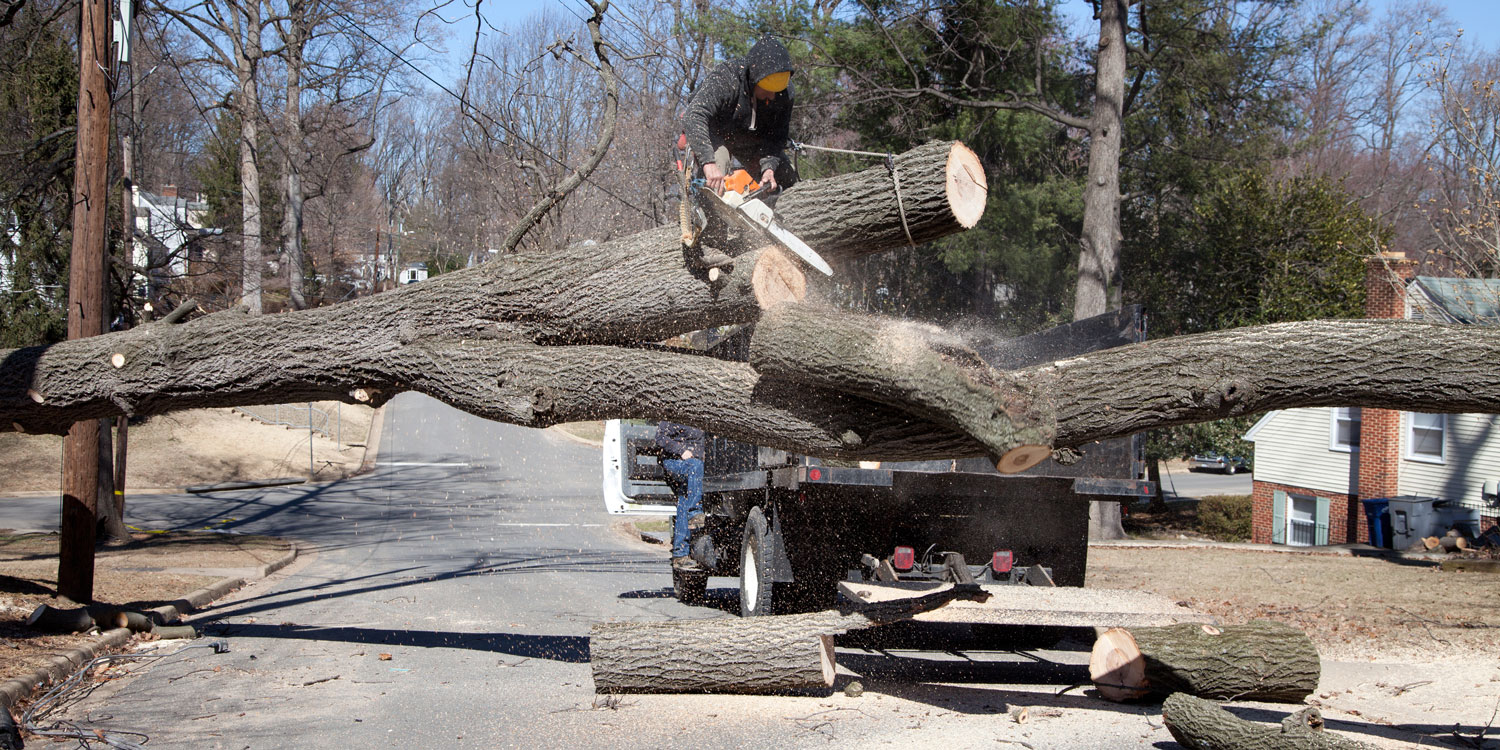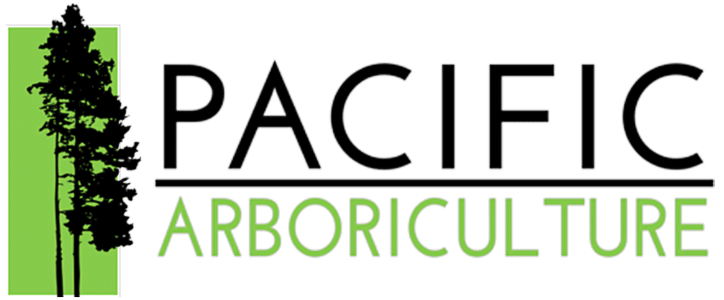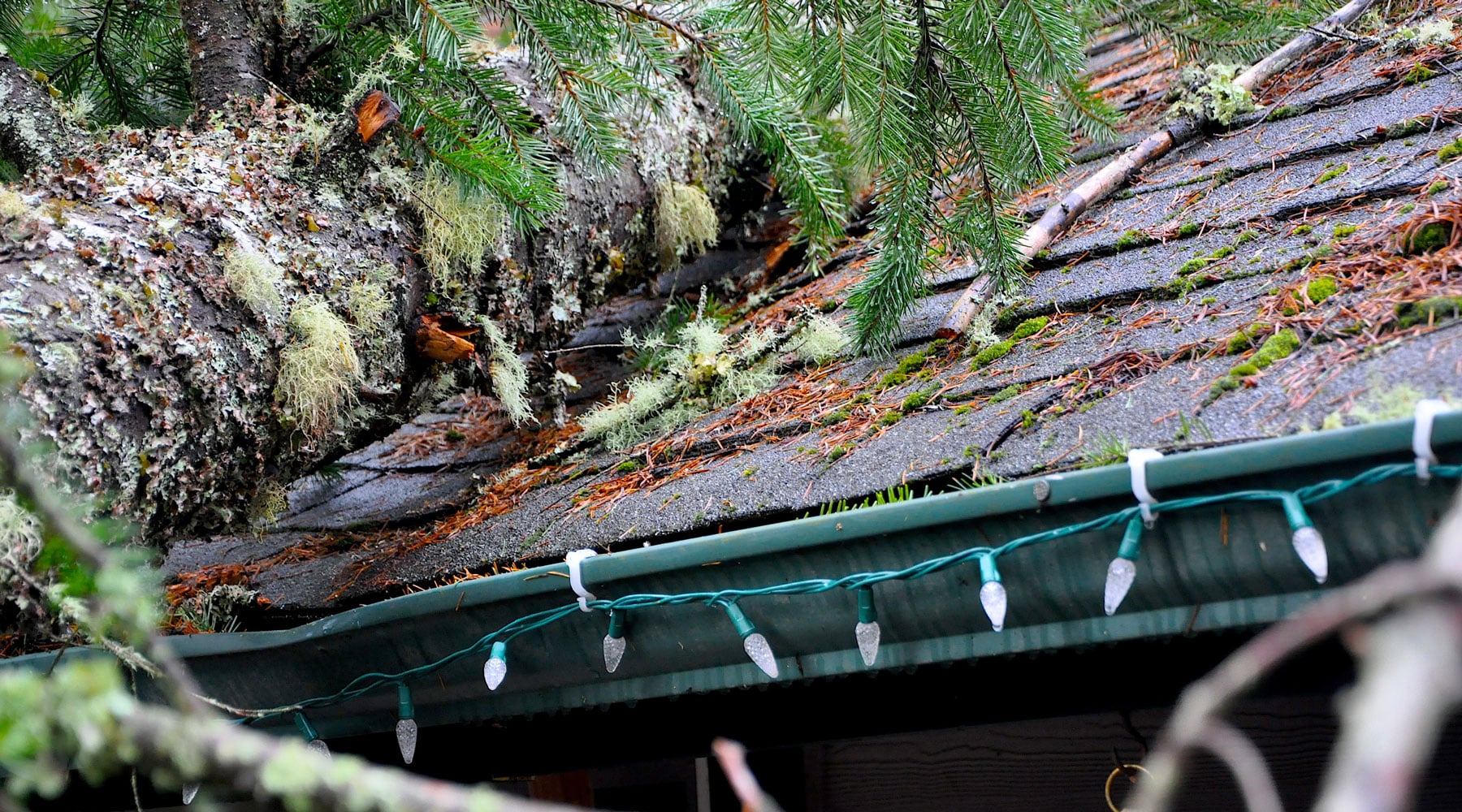As professional arborists in the Pacific Northwest, we have witnessed firsthand the devastating effects of windstorms on trees. Since windstorms regularly pose a significant danger to property and people in the region, we created this guide to help you understand why windstorms are dangerous and how they can damage trees. We also provide valuable tips on what to do after a windstorm to handle windstorm tree damage. Use this information to prepare your trees for windstorms.
To get help with safe tree and debris removal and restoration after a windstorm, call Pacific Arboriculture.
Why Windstorms Are Dangerous
The strong gusts of wind whipping around during Washington windstorms can reach up to 70 miles per hour or more. These powerful winds can cause extensive damage to trees, buildings, power lines, and other infrastructure.
Windstorms create the risk of falling trees and branches. When a tree becomes uprooted, or branches break off, it can significantly threaten nearby structures, vehicles, and people. Moreover, flying debris during windstorms can cause injuries and property damage.
How Windstorms Can Damage Trees
Windstorms can wreak havoc on trees. The force exerted by strong winds can snap branches, causing them to fall to the ground. This damage occurs commonly in older trees or those with weak or compromised limbs. Additionally, the wind can uproot trees, especially if the tree has shallow roots or the soil around the roots becomes saturated. In some cases, wind can topple entire trees, resulting in destruction. Furthermore, the constant movement of trees during windstorms can lead to structural damage, weakening their overall stability.

Preparing for Windstorms in Washington
Living in Washington, you must prepare for frequent windstorms. Take these steps to minimize the impact of windstorms on your trees:
- Regular Tree Maintenance
Regularly inspect your trees for signs of disease, decay, or weak limbs. Proactively addressing these issues can make your trees more resilient to windstorms. - Pruning
Proper pruning can improve the structure and stability of your trees. Removing dead or broken branches and thinning dense canopies can make trees less susceptible to wind damage. - Tree Cabling and Bracing
Professional arborists can install cabling and bracing systems to support weak or vulnerable trees in areas where windstorms are prevalent.
What to Do After a Windstorm: Tree Restoration After a Storm
If your trees have suffered wind storm tree damage, take immediate action to assess the situation and initiate the wind storm tree damage recovery process. Follow these steps:
Assess the Damage
After a windstorm, carefully inspect your trees for any visible signs of windstorm tree damage. Look for broken branches, leaning trees, uprooted trees, and signs of disease or decay. Exercise caution and avoid getting close to storm-damaged trees. Any unstable branches may pose a safety risk.
Remove Broken Branches and Smaller Limbs
You must remove broken branches and smaller limbs to prevent further damage and promote healthy regrowth. Use proper pruning techniques and tools to avoid causing additional harm to the tree. Get help with limb removal from a professional arborist near you.

Call Pacific Arboriculture for Safe Removal & Recovery
For storm-damaged trees that require professional attention, Pacific Arboriculture can help. Our team of experienced arborists specializes in emergency tree removal and restoration services. We have the expertise and equipment to safely remove fallen trees, clear debris, and aid in the tree damage recovery process. Contact us today for a free quote on tree removal near the Seattle area to start the windstorm tree damage recovery process.
Windstorms can cause significant tree damage, posing risks to property and safety. By understanding the dangers of wind storms, preparing for their arrival, and knowing what to do after a windstorm to handle tree damage, you can minimize the impact on your trees. Remember to assess the damage, remove broken branches and small limbs, and call Pacific Arboriculture for professional assistance. We can ensure the safety and health of your trees even in the face of fierce wind storms.

